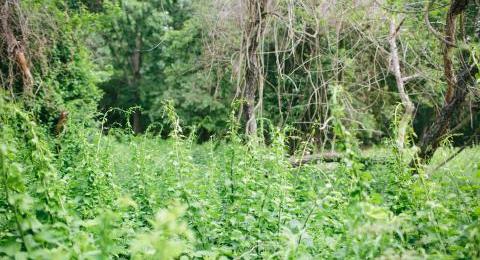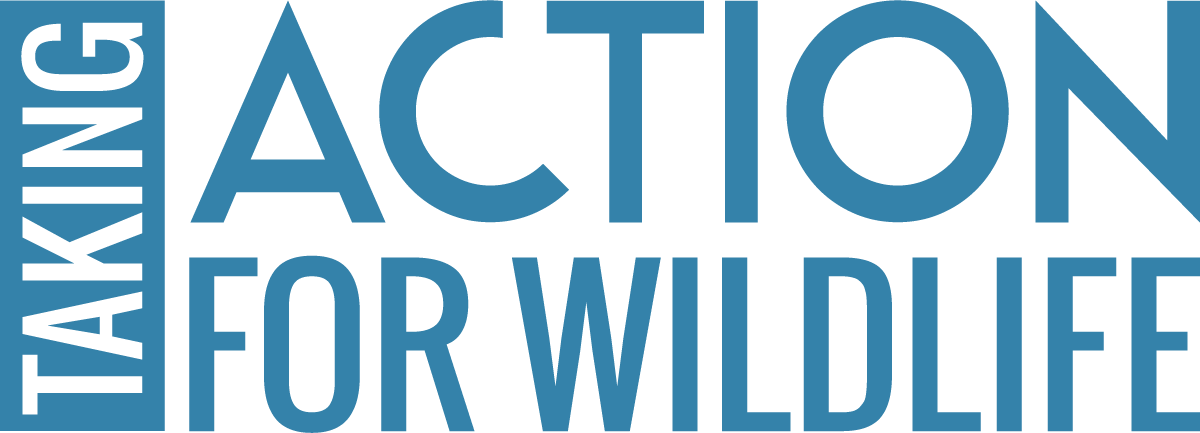
Invasive plants pose a serious threat to our native habitats and wildlife. One of the best things you can do to help stop the spread of invasive plants is to learn how to tell them apart from other plants. Identifying the invasive species present is the first step in planning an invasive control project or strategy, and control options will vary based on the invasive plant or plants that you are looking to manage. Learning to identify common invasive plants will better prepare you for planning and prioritizing control.
Early detection & rapid response helps to prevent or slow new invasive species coming into an area. It’s much easier to remove a few plants to stop a species from becoming established than to tackle a species that fully inhabits an area. This is true for invasive plants that are new to your property or new to your region. Learning to identify invasive plants that are nearby but not yet in your area can help prepare you to tackle a potential infestation quickly and efficiently.
More Information
- View the New Hampshire Guide to Upland Invasive Species to learn about 26 upland plants, 3 insects, and 3 aquatic plants designated as invasive in New Hampshire
- Nature Groupie's Stewardship Training Guide on Invasive Plant Identification, Mapping, and Control has information on recognizing, mapping, and controlling invasive plants, including an introduction to several common and uncommon invasive plants to learn and know
- NH Fish and Game's Picking Our Battles Handbook, includes customized “early detection” lists of plant species by New Hampshire town and a “watch list” of plant species that are not present yet, but are close by
- A great way to get hands-on learning in recognizing invasive plants is to volunteer to remove or control them. Sign up for the Nature Groupie e-newsletter to hear about volunteer opportunities in your area.

